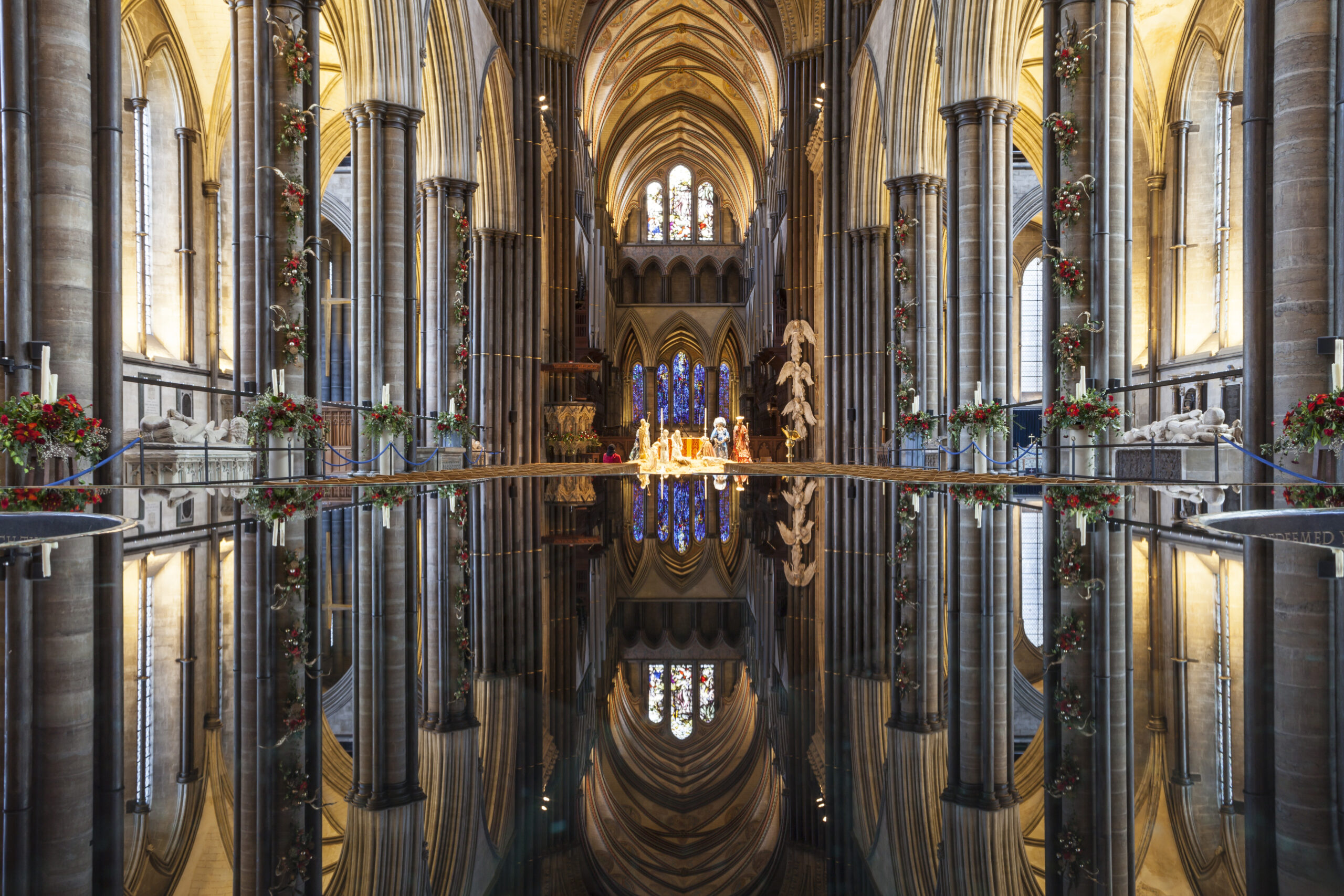Athena: Perhaps the time has come to be more honest about the importance of beauty
When it comes to buildings of historical and architectural note, we don't love them simply because they are old, but because they are beautiful and engage our attention.


The idea of historic buildings as documents of history is not new. Indeed, it was voiced more than a century ago by Lord Curzon, when he spoke in 1913 in support of the Ancient Monuments Act in Parliament. ‘We regard the national monuments to which this Bill refers,’ he said, ‘as part of the heritage and history of the nation. They are part of the heritage of the nation, because every citizen feels an interest in them although he may not own them; and they are part of the history of the nation, because they are documents just as valuable in reading the records of the past as is any manuscript or parchment deed…’
There are limits to what you can read in the form of a building — not least because words convey ideas more articulately than bricks and mortar — but Lord Curzon was not wrong. The physical fabric of monuments has its own story to tell and the skill of deciphering that is central to the work of archaeologists and architectural historians. One of their chief aims when attempting to understand a particular site is to explain who built what when and to assign each stage in its evolution — as far as is possible — to a particular religious, social or political context.
‘We don’t love things because they are old, but because they are beautiful and engage our attention’
This approach, however, does come with an accompanying challenge. The things it naturally emphasises — dates, technical detail and historic personalities; what largely constitutes the ‘significance’ of a monument in modern parlance — are not really at the root of what attracts most of us to the vestiges of the past. Indeed, in Athena’s experience, we don’t come to love things because they are old, but because they are beautiful and engage our attention. It’s only when that interest is awakened that we want to know about their history.
Even then, our appetite for historical detail can be surprisingly limited. As an added complication, association with certain historical narratives can put people off the past. It’s an experience comparable to having the enjoyment of a novel or a piece of music destroyed by knowing too much about its creator. Despite these realities, when heritage professionals advocate sites to the public, they tend to give greatest emphasis to their historical associations.
That approach partly reflects our collective nervousness about beauty. Think back to the Deputy Prime Minister last year striking the word out of planning legislation on the grounds that no one could agree what it was (although it’s surely a quality worth aspiring for in new buildings and does unquestionably exist, even if we all see it differently). Yet talking about beauty came naturally to Romantics and the admirers of the Picturesque and it is unquestionably their sensibilities that fundamentally inform our enjoyment of the past. Perhaps the time has come to be more honest about the importance of beauty and — for all the difficulty of defining it — celebrate it more.
Athena is Country Life’s Cultural Crusader. She writes a column every week.
Exquisite houses, the beauty of Nature, and how to get the most from your life, straight to your inbox.
Country Life is unlike any other magazine: the only glossy weekly on the newsstand and the only magazine that has been guest-edited by His Majesty The King not once, but twice. It is a celebration of modern rural life and all its diverse joys and pleasures — that was first published in Queen Victoria's Diamond Jubilee year. Our eclectic mixture of witty and informative content — from the most up-to-date property news and commentary and a coveted glimpse inside some of the UK's best houses and gardens, to gardening, the arts and interior design, written by experts in their field — still cannot be found in print or online, anywhere else.
